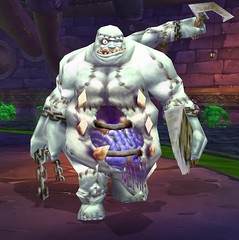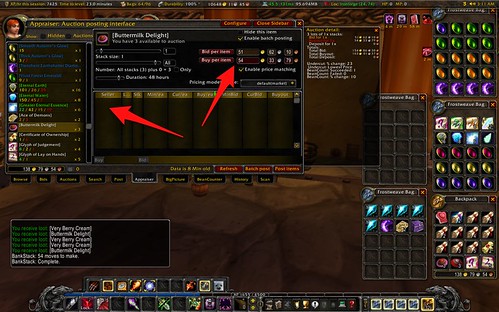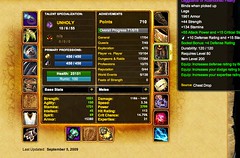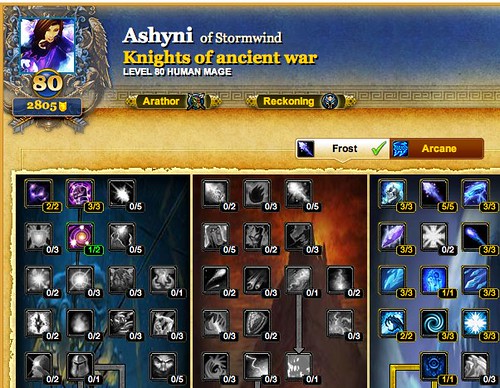The most basic business lesson taught by World of Warcraft
World of Warcraft’s Auction House is the in-game marketplace, the bazaar where players can sell virtual stuff to other players. Magical potions, plate armor, everything under the virtual sun gets traded millions of times a day. Auctions listed in the Auction House can last up to 48 hours, after which they expire and your virtual goods are returned to you. If you don’t relist them, they just remain in your character’s bags. To be a successful auctioneer, you have to be “open for business” by constantly keeping items on the market for sale.

There’s one fundamental lesson the Auction House can teach us, one fundamental lesson we must take to heart and practice in our businesses:
If you’re not open for business, no one can buy from you.
It doesn’t matter how epic the items you have for sale are. It doesn’t matter how long it took you to win them in the game or make them from your trade skills. It doesn’t matter how low or high demand those items are. If they’re sitting in your bags and not on the market, no one can buy from you. You must be open for business to make money.
I know what you’re saying. You don’t play the video game. You don’t have a business that even remotely looks like this. The principle still applies, however. If You’re not open for business, no one can buy from you.
- You’re not open for business when someone calls and no one answers the phone, or worse, robots do it (poorly) for you.
- You’re not open for business when someone searches for your product or service and you don’t appear anywhere in the search results.
- You’re not open for business when someone emails you and you don’t respond ever, or worse, their email ends up in your spam bucket.
- You’re not open for business when someone asks a question about your company in social media and you aren’t part of the conversation at all.
- You’re not open for business when someone goes to check out online and your web site doesn’t let them complete the transaction.
Where are you open for business? Where are you effectively closed, turning away actively interested buyers who want to give you their money?
Want to make some real money? Where are your competitors not open for business, and can you be open for business in that space?
Did you enjoy this blog post? If so, please subscribe right now!
Get this and other great articles from the source at www.ChristopherSPenn.com! Want to take your conference or event to the next level? Book me to speak and get the same quality information on stage as you do on this blog.



 Last night, our guild downed Patchwerk, a giant abomination in Naxxramas, for the zillionth time. Patchwerk isn’t a challenge any more – in fact, he hasn’t been a challenge in a really long time. We bring our 10 man team in and in about 11 minutes from start to finish, we crush Patches, loot his swollen, bloated corpse, and move on with our evening…
Last night, our guild downed Patchwerk, a giant abomination in Naxxramas, for the zillionth time. Patchwerk isn’t a challenge any more – in fact, he hasn’t been a challenge in a really long time. We bring our 10 man team in and in about 11 minutes from start to finish, we crush Patches, loot his swollen, bloated corpse, and move on with our evening…

